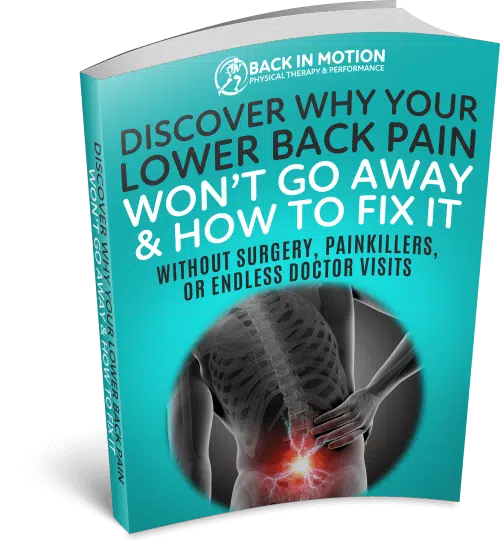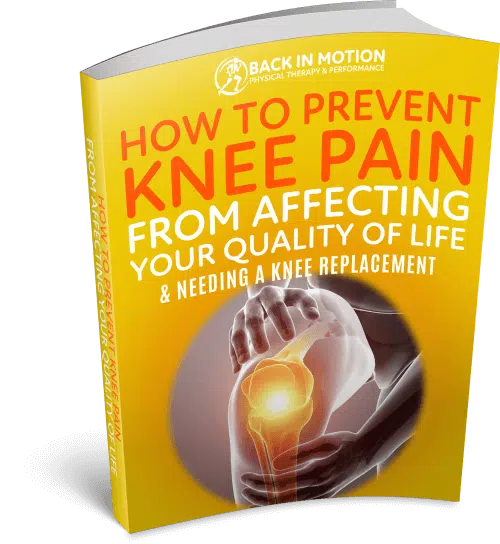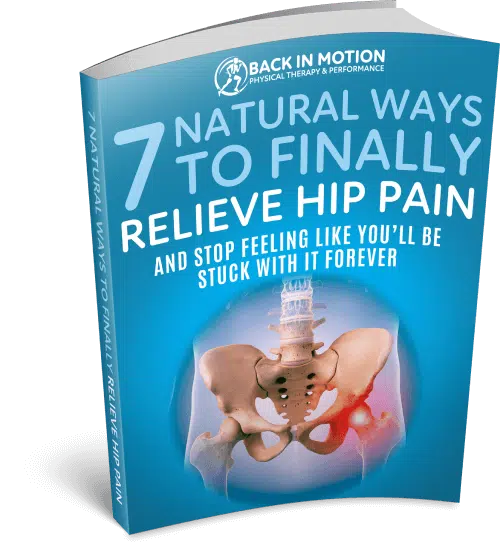How Sierra Overcame Nearly a Year of Lower Back and SI Joint Pain—Without Surgery or Injections
When Sierra first came to us, she was frustrated, exhausted, and honestly—starting to lose hope.
She had been living with chronic lower back pain and sacroiliac (SI) joint pain for almost a year. She tried massage, rest, and even some traditional physical therapy, but nothing made a lasting difference. Every time she tried to return to exercise or simply keep up with her busy life, the pain flared back up.
But after taking her through a detailed movement evaluation, we found something that others had missed.
The Real Problem Wasn’t Just Her Back
Sierra had developed excessive lumbar lordosis—an exaggerated inward curve in her lower back. On the surface, that might just sound like “bad posture.” But the real issue was why it was happening.
Her deep abdominal muscles and glutes were weak, and her anterior hip joints were tight—a combination that tilted her pelvis forward and caused her lower spine to compensate.
As a result, there was excessive mobility at the L4-L5 segment—one of the most vulnerable areas of the spine. That instability created constant irritation and pain.
But that wasn’t all.
Her sacrum (the triangular bone between the two halves of the pelvis) was stuck in a counter-nutated position—meaning it was tilted in a way that made the SI joint unstable, leading to sharp, nagging pain in the buttock and pelvis area.
Why Nothing Else Worked
Sierra’s pain wasn’t just coming from a tight muscle or an inflamed joint—it was the result of an unstable system.
Stretching her back only made the problem worse. Rest gave her temporary relief, but as soon as she stood, walked, or exercised, everything came back. Her body wasn’t controlling movement well, especially through the hips and core.
This wasn’t a case for more generic rehab.
It was a case for fixing the cause.
What We Did Differently
We applied the Gray Method™, our proven approach that finds and fixes the root of pain—without relying on drugs or guesswork.
Here’s what Sierra’s personalized plan looked like:
- Corrective exercise to activate her deep core (especially the transverse abdominis) and build glute strength
- Manual therapy to restore mobility in her anterior hip joints and reduce pelvic tilt
- Neuromuscular retraining to stabilize the SI joint and return her sacrum to a neutral position
- Movement re-education, so she could sit, stand, and move without triggering the instability again
No injections. No surgeries. Just targeted, intelligent care.
The Results
Within weeks, Sierra reported that she could finally get through the day without pain.
After years of “living carefully,” she started running again. She stopped bracing herself every time she bent forward. And best of all—she felt in control of her body again.
Today, she’s pain-free, confident, and stronger than ever.
The Takeaway
If you’ve been dealing with back pain or SI joint issues and nothing seems to stick, there’s a reason:
You may be treating the symptom, not the cause.
At Back In Motion, we don’t do cookie-cutter rehab. We assess how your body is moving as a system—and we fix what others miss.
If Sierra’s story sounds familiar, you don’t have to keep suffering.
Click here to schedule your Gray Method™ Movement Assessment and take the first step toward lasting relief.









